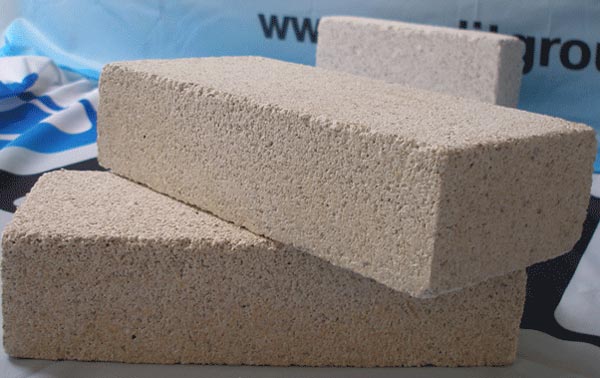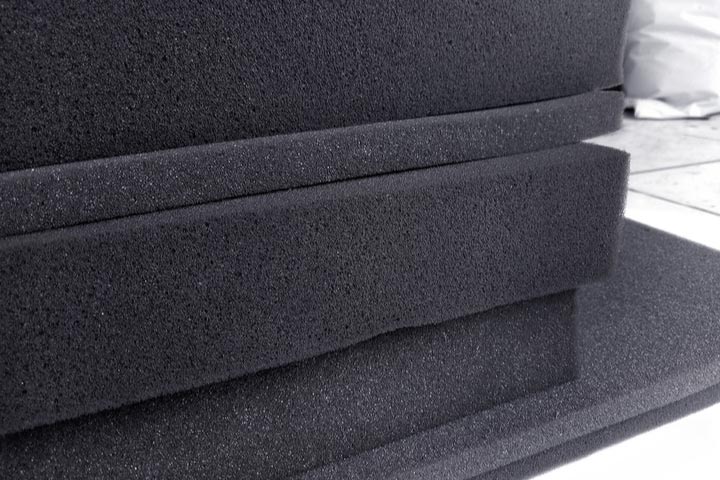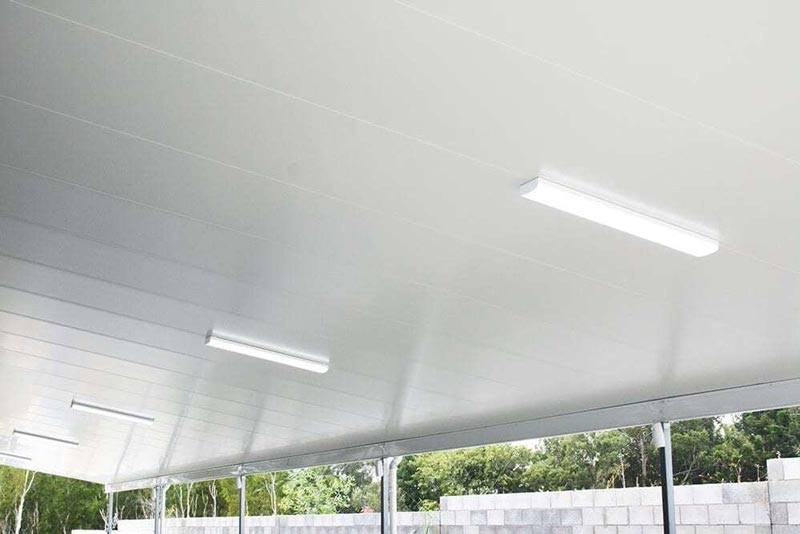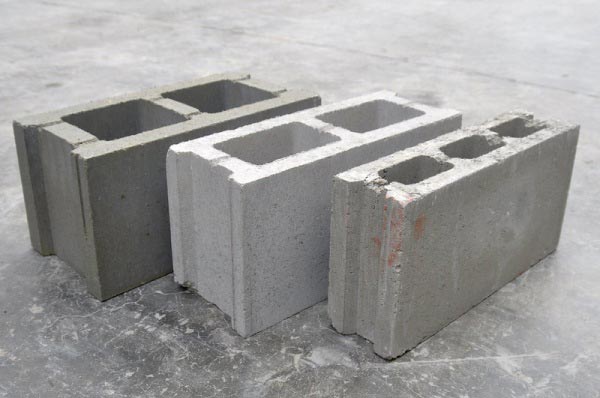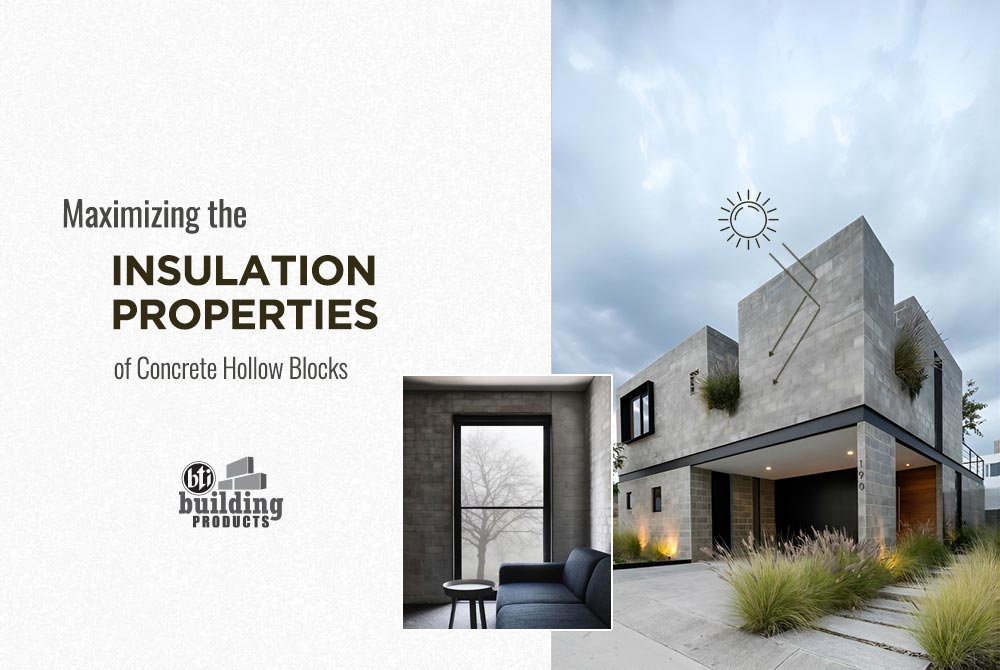
Maximizing the Insulation Properties of Concrete Hollow Blocks
Concrete hollow blocks are commonly used in construction due to their strength, durability, and affordability. However, if concrete hollow blocks are not made with the appropriate materials and right amounts, it can lead to poor insulation, which in turn leads to higher energy consumption and costs for building owners. Maximizing the insulation properties of concrete hollow blocks is crucial to achieve energy efficiency and reduce environmental impact. Here are some ways to improve the insulation properties of concrete hollow blocks.
Source: InterNACHI
Use Lightweight Aggregates
Lightweight aggregates, such as expanded clay, shale, or perlite, can be used to replace a portion of the heavier aggregates in the concrete mixture. These lightweight aggregates have lower thermal conductivity than the traditional aggregates, which can reduce the heat transfer through the block. This results in better insulation properties for the concrete hollow block.
Source: Research Dive
Add Insulating Materials
Adding insulating materials to the concrete mixture is another way to improve the insulation properties of concrete hollow blocks. Examples of insulating materials include polystyrene beads, vermiculite, and foam glass. These materials are mixed into the concrete mixture before casting, resulting in a block with better insulation properties.
Source: The Constructor
Increase Wall Thickness
Increasing the wall thickness of the concrete hollow block can also improve its insulation properties. A thicker wall means there is more material between the inside and outside of the block, which can reduce the heat transfer. However, increasing the wall thickness can also increase the weight and cost of the block.
Source: Australia
Use External Insulation
External insulation is another option for improving the insulation properties of concrete hollow blocks. This involves adding insulation material to the exterior surface of the block. This can be done by adding insulation panels or applying a layer of insulation material and a finishing coat. External insulation can be more expensive than other options but can provide significant energy savings in the long term.
Optimize Block Design
The design of the concrete hollow block can also affect its insulation properties. The block should have a low thermal conductivity to reduce heat transfer. The shape and size of the block can also impact its insulation properties. Blocks with a larger surface area can have higher heat transfer, while blocks with a more complex shape can be more difficult to insulate.
Source: Civil Engineering Portal
In conclusion, maximizing the insulation properties of concrete hollow blocks is essential for achieving energy efficiency and reducing environmental impact. Lightweight aggregates, insulating materials, thicker walls, external insulation, and optimized block design are all ways to improve the insulation properties of concrete hollow blocks. By implementing these strategies, builders can create structures that are more energy-efficient and sustainable. Choosing any of these strategies will certainly help, but it also depends on the architecture and construction plan you have for your building. Therefore, pick wisely!


